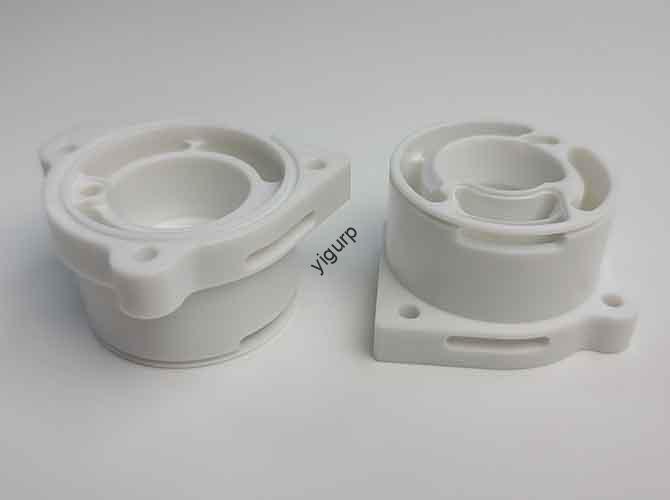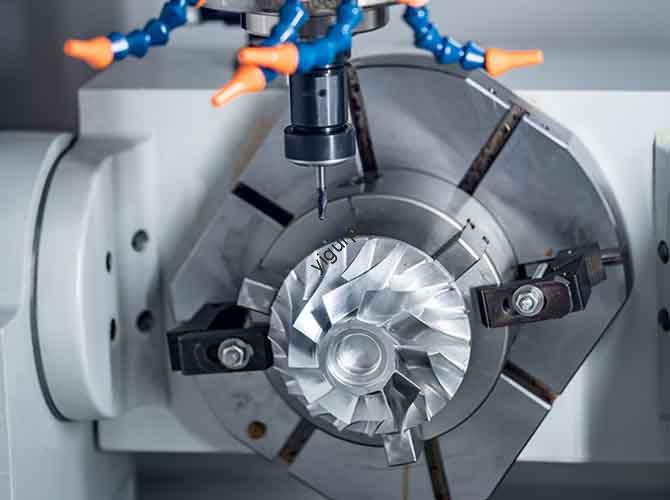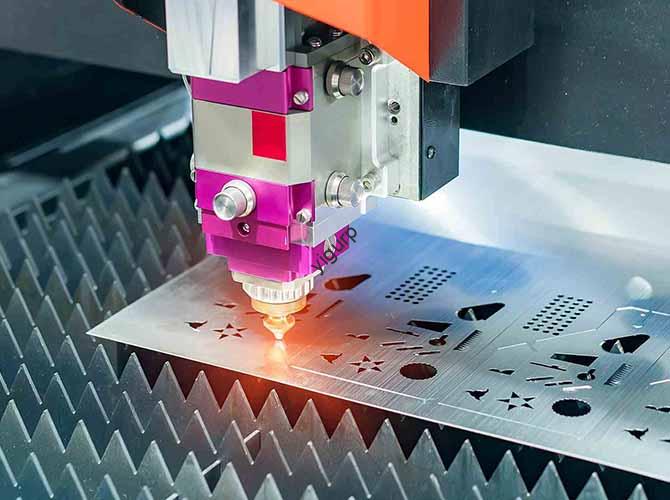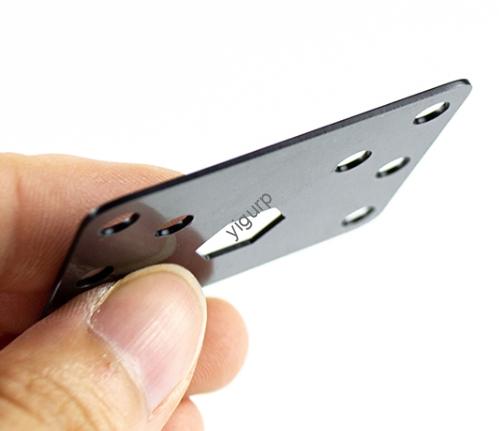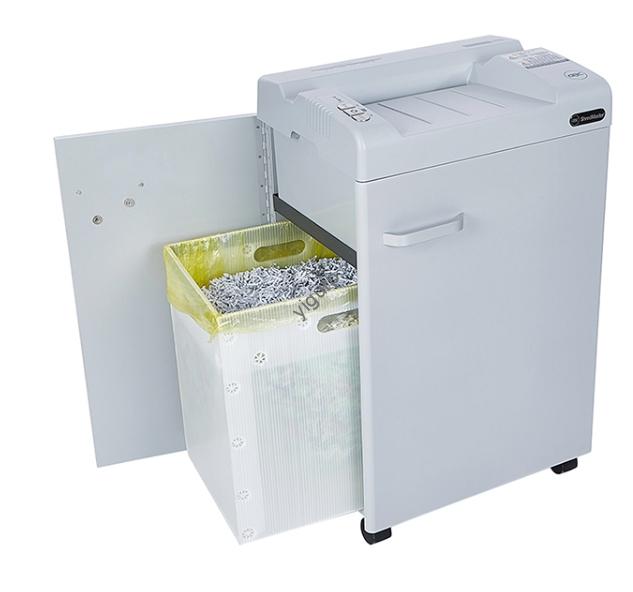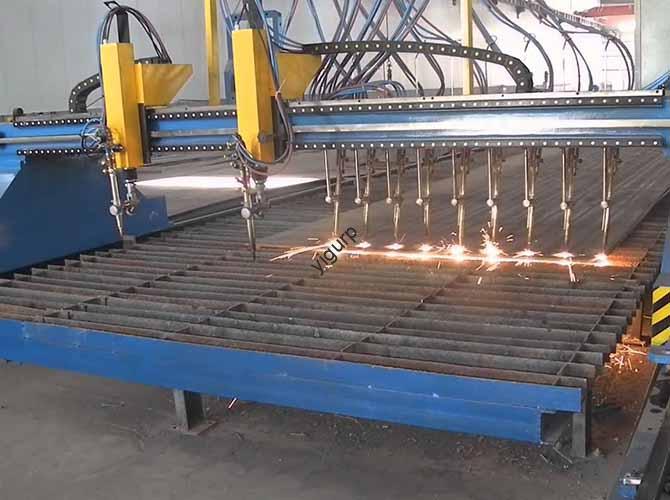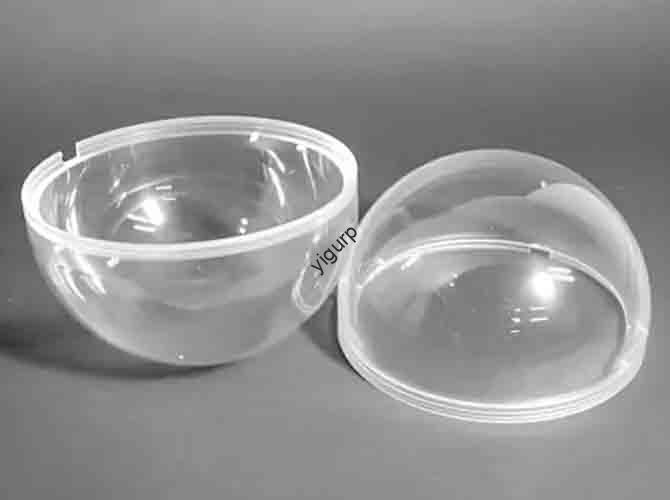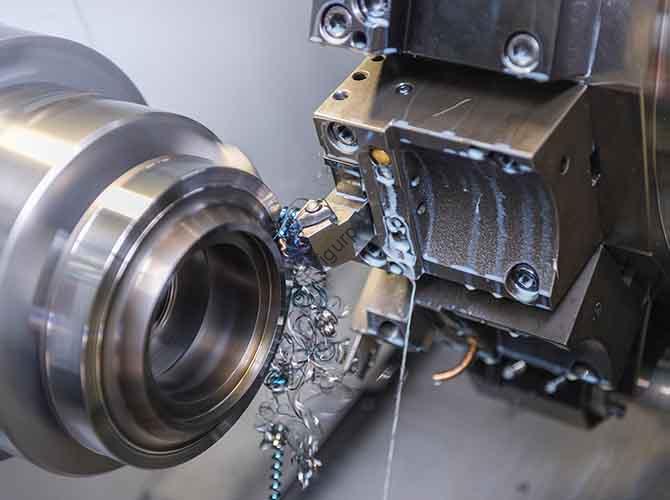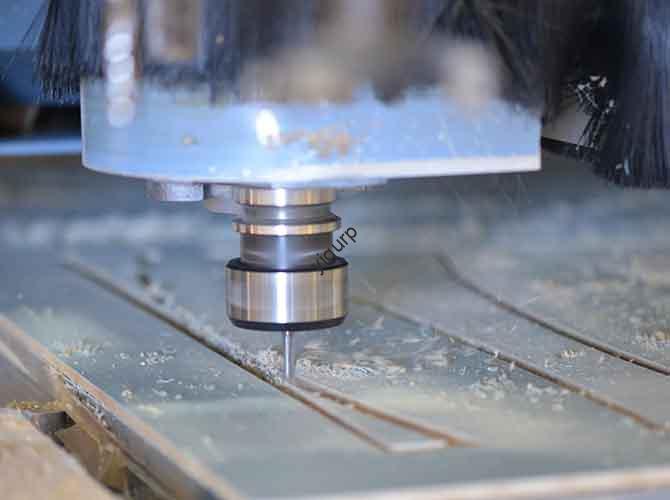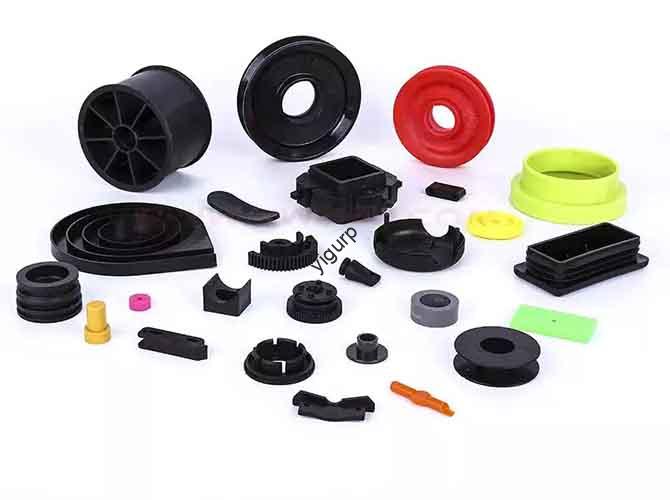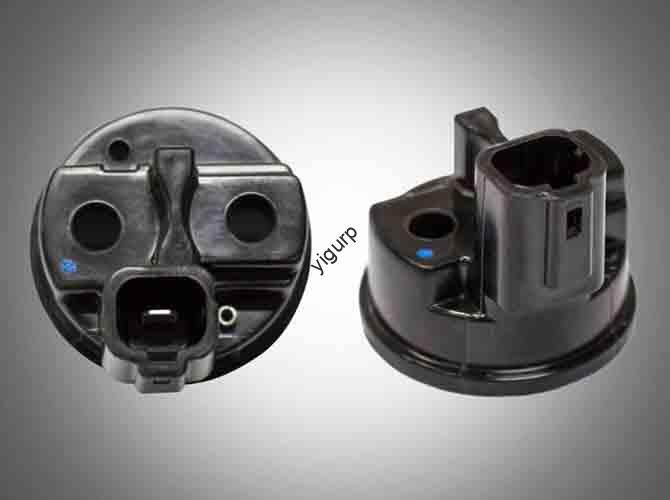CNC Machining Problems: Causes, Solutions, and Prevention Tips
CNC machining is a precise process, but even experienced operators face issues that lead to wasted material, delayed projects, or faulty parts. From workpiece overcutting to collisions, these problems often stem from small mistakes—like incorrect tool settings or poor programming. This guide breaks down the most common CNC machining problems, explains their root causes, and […]
